S. Ali Pourmousavi
A probabilistic forecast methodology for volatile electricity prices in the Australian National Electricity Market
Nov 13, 2023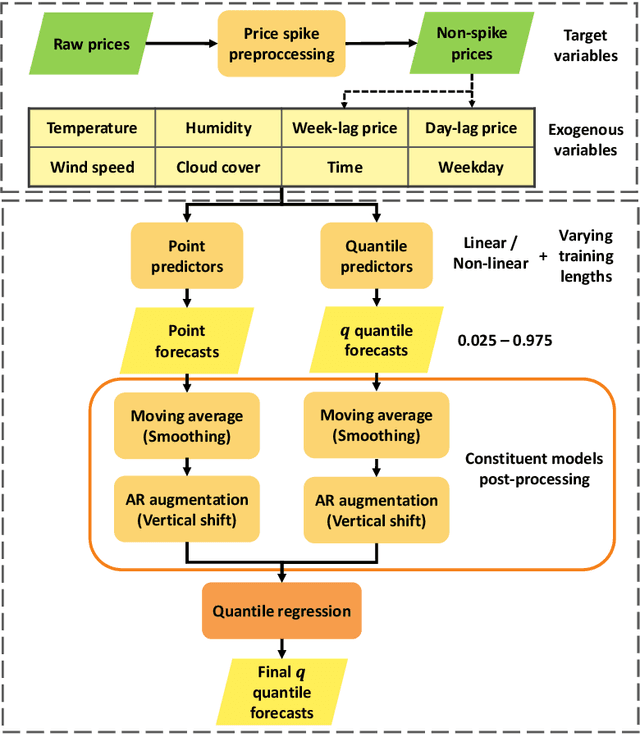
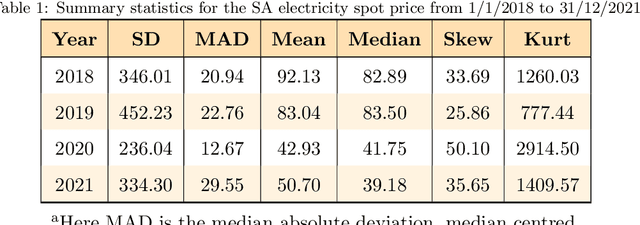
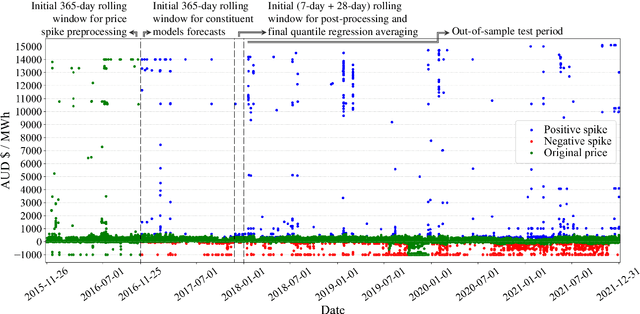
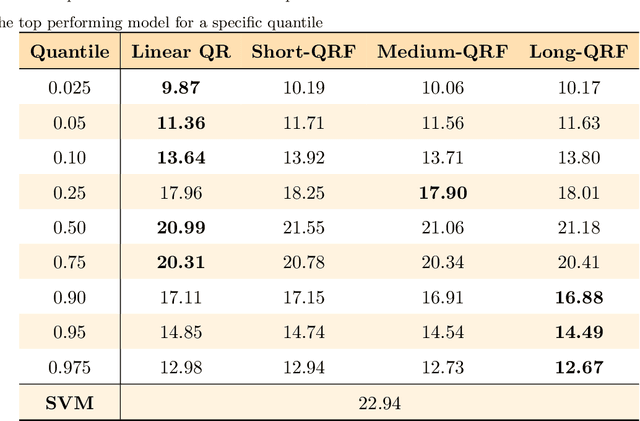
Abstract:The South Australia region of the Australian National Electricity Market (NEM) displays some of the highest levels of price volatility observed in modern electricity markets. This paper outlines an approach to probabilistic forecasting under these extreme conditions, including spike filtration and several post-processing steps. We propose using quantile regression as an ensemble tool for probabilistic forecasting, with our combined forecasts achieving superior results compared to all constituent models. Within our ensemble framework, we demonstrate that averaging models with varying training length periods leads to a more adaptive model and increased prediction accuracy. The applicability of the final model is evaluated by comparing our median forecasts with the point forecasts available from the Australian NEM operator, with our model outperforming these NEM forecasts by a significant margin.
A New Time Series Similarity Measure and Its Smart Grid Applications
Oct 19, 2023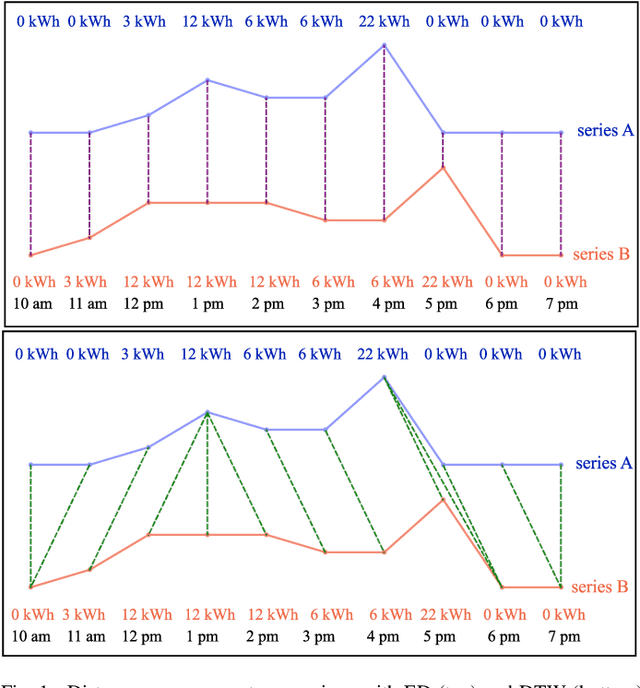
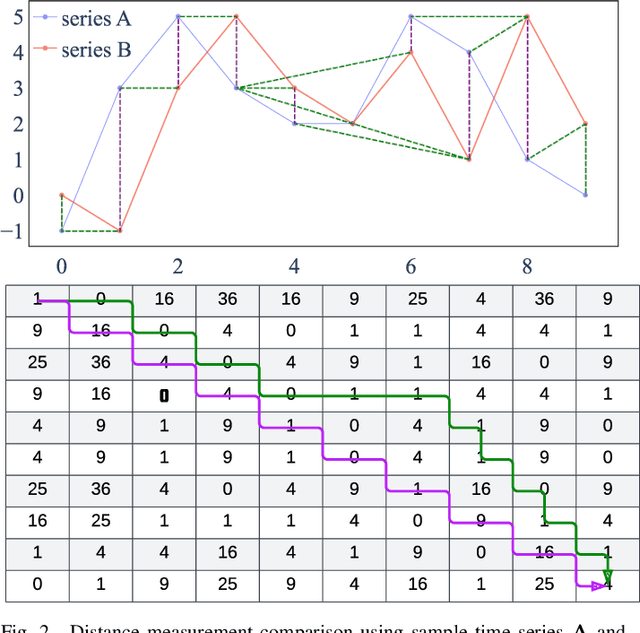
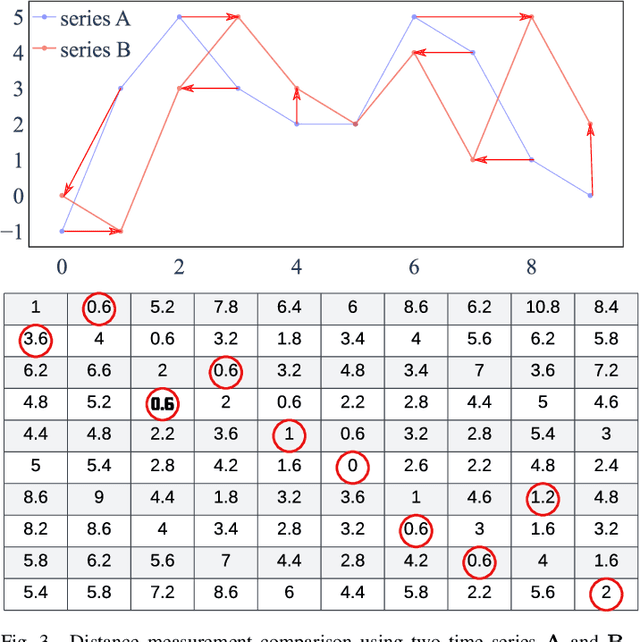
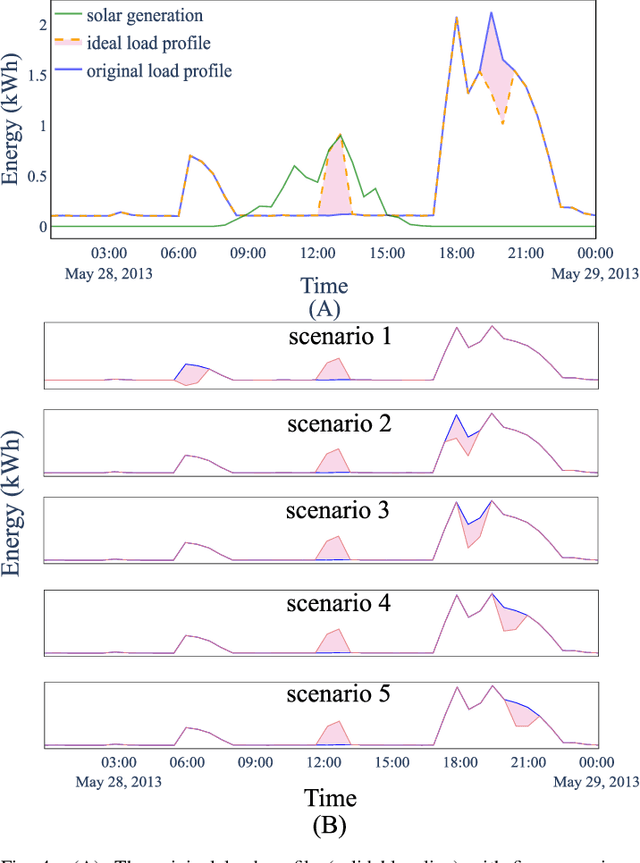
Abstract:Many smart grid applications involve data mining, clustering, classification, identification, and anomaly detection, among others. These applications primarily depend on the measurement of similarity, which is the distance between different time series or subsequences of a time series. The commonly used time series distance measures, namely Euclidean Distance (ED) and Dynamic Time Warping (DTW), do not quantify the flexible nature of electricity usage data in terms of temporal dynamics. As a result, there is a need for a new distance measure that can quantify both the amplitude and temporal changes of electricity time series for smart grid applications, e.g., demand response and load profiling. This paper introduces a novel distance measure to compare electricity usage patterns. The method consists of two phases that quantify the effort required to reshape one time series into another, considering both amplitude and temporal changes. The proposed method is evaluated against ED and DTW using real-world data in three smart grid applications. Overall, the proposed measure outperforms ED and DTW in accurately identifying the best load scheduling strategy, anomalous days with irregular electricity usage, and determining electricity users' behind-the-meter (BTM) equipment.
Optimal activity and battery scheduling algorithm using load and solar generation forecasts
Oct 24, 2022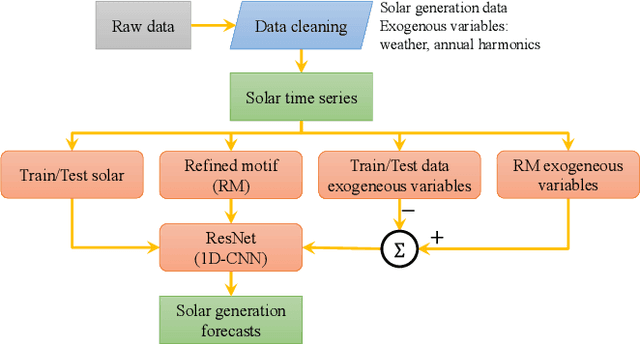
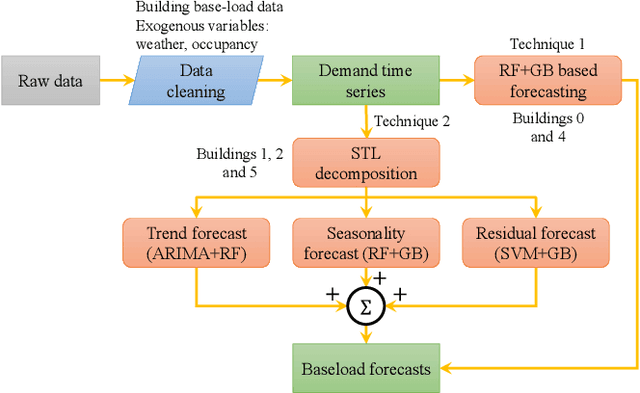
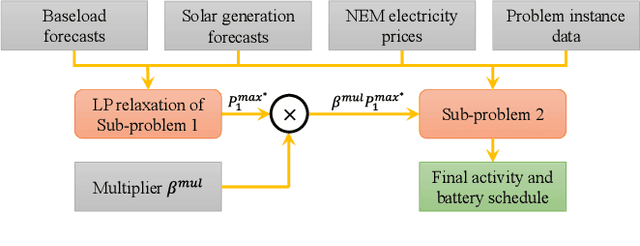

Abstract:Energy usage optimal scheduling has attracted great attention in the power system community, where various methodologies have been proposed. However, in real-world applications, the optimal scheduling problems require reliable energy forecasting, which is scarcely discussed as a joint solution to the scheduling problem. The 5\textsuperscript{th} IEEE Computational Intelligence Society (IEEE-CIS) competition raised a practical problem of decreasing the electricity bill by scheduling building activities, where forecasting the solar energy generation and building consumption is a necessity. To solve this problem, we propose a technical sequence for tackling the solar PV and demand forecast and optimal scheduling problems, where solar generation prediction methods and an optimal university lectures scheduling algorithm are proposed.
IRMAC: Interpretable Refined Motifs and Binary Classification for Rooftops PV Owners
Sep 23, 2021
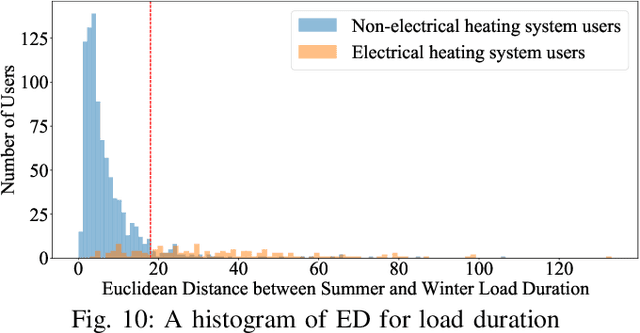
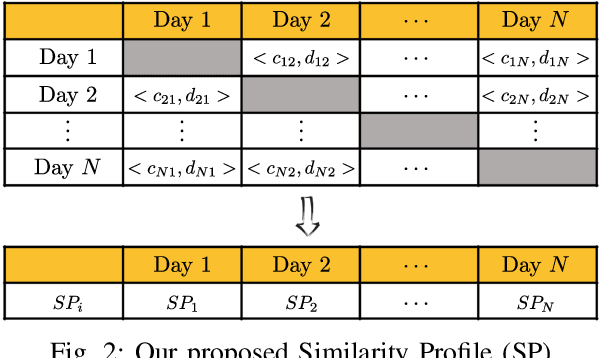
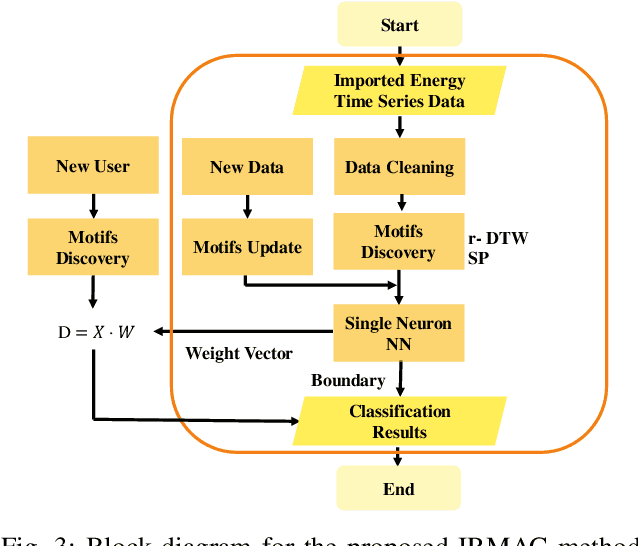
Abstract:In this paper, we seek to identify residential rooftop solar PV owners using imported energy data. To solve this problem with an interpretable, fast, secure, and maintainable solution, we propose Interpretable Refined Motifs And binary Classification (IRMAC) method, which includes a shape-based dimensionality reduction technique we call Refined Motif (RM), and a classification technique with linear complexity to identify solar owners. Furthermore, with the real data from Australia and Denmark, the proposed method is tested and verified in identifying PV owners as well as identifying electrical heating system users. The performances of the proposed method is studied and compared with various of state-of-the-art methods, where the proposed method outperformed the alternatives.
 Add to Chrome
Add to Chrome Add to Firefox
Add to Firefox Add to Edge
Add to Edge